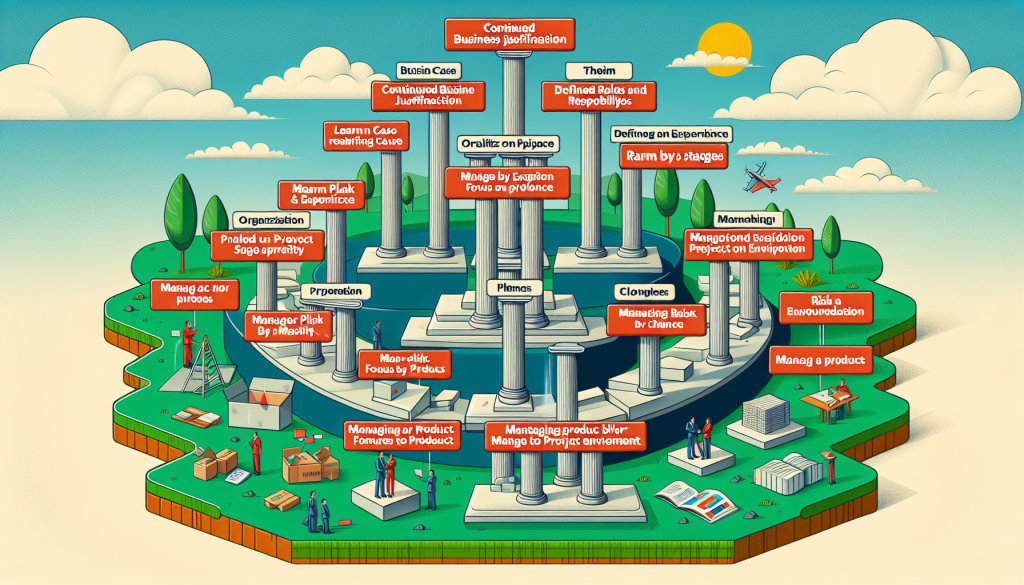In the world of project management, the roles and responsibilities of team members play a crucial role in the success of a project. One widely recognized methodology that emphasizes this aspect is PRINCE2 (Projects IN Controlled Environments). PRINCE2 defines specific roles and responsibilities for team members at different levels of the project hierarchy, ensuring clarity and accountability throughout the project lifecycle.
The key to project success lies in the effective allocation of roles and responsibilities to team members. By clearly defining who is responsible for what tasks and decisions, PRINCE2 helps to avoid confusion and conflicts within the project team. This clarity enables team members to focus on their assigned tasks and work towards achieving the project objectives.
At the heart of PRINCE2 is the concept of a project management team, consisting of key roles such as the Project Manager, Team Manager, and Project Board. Ultimate Guide to PRINCE2 Roles and Responsibilities: Everything You Need to Know . Each role comes with specific responsibilities that are essential for the successful delivery of the project. For example, the Project Manager is responsible for overall project planning, monitoring progress, and managing risks, while the Team Manager is responsible for coordinating the work of the project team and ensuring that tasks are completed on time and within budget.
In addition to these key roles, PRINCE2 also defines other supporting roles such as the Project Support Officer, who assists the Project Manager in administrative tasks, and the Change Authority, who is responsible for approving changes to the project scope. By clearly defining the responsibilities of each role, PRINCE2 ensures that all aspects of the project are covered and that decisions are made by the appropriate authorities.

Moreover, PRINCE2 promotes a collaborative approach to project management, where team members work together towards a common goal. By clearly defining roles and responsibilities, PRINCE2 fosters a sense of accountability among team members, encouraging them to take ownership of their tasks and deliver high-quality results. This collaborative approach leads to better communication, increased efficiency, and ultimately, project success.
In conclusion, the roles and responsibilities defined by PRINCE2 are indeed the key to project success. By ensuring clarity, accountability, and collaboration within the project team, PRINCE2 sets the stage for effective project management and delivery. When team members understand their roles and responsibilities and work together towards a common goal, projects are more likely to be completed on time, within budget, and to the satisfaction of stakeholders. In this way, PRINCE2 provides a solid foundation for project success and is a valuable tool for any organization looking to improve their project management practices.